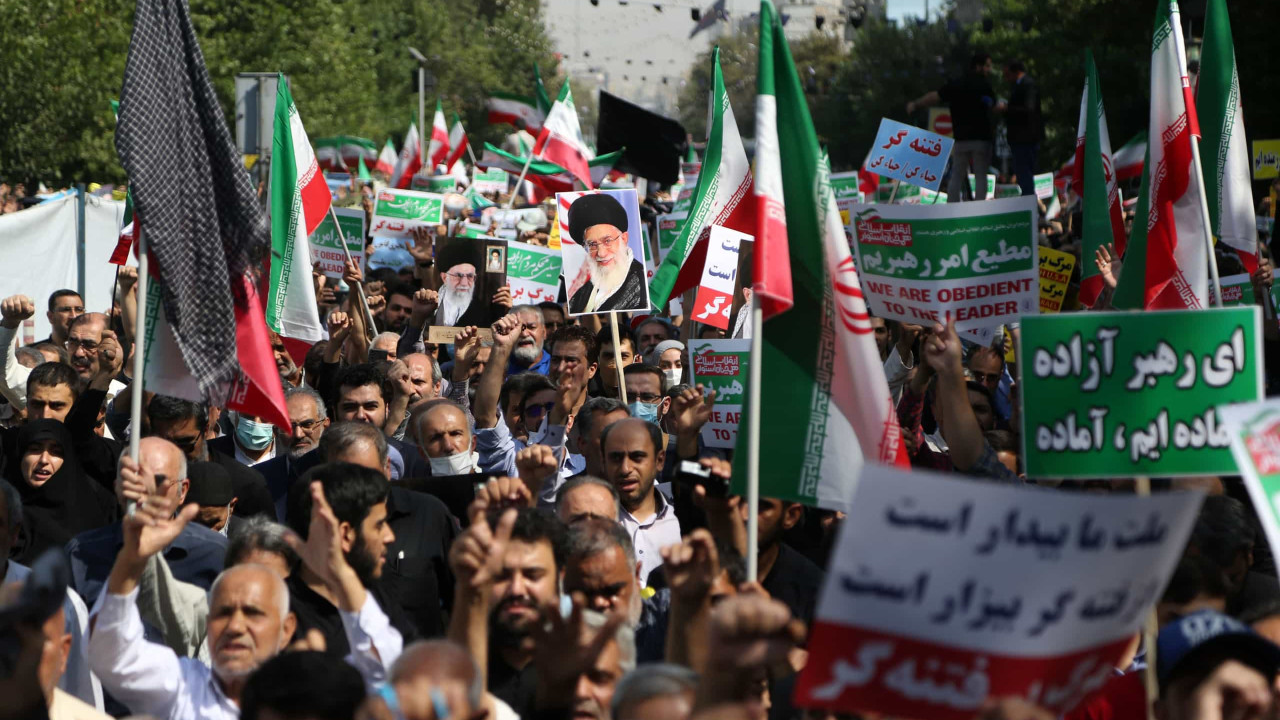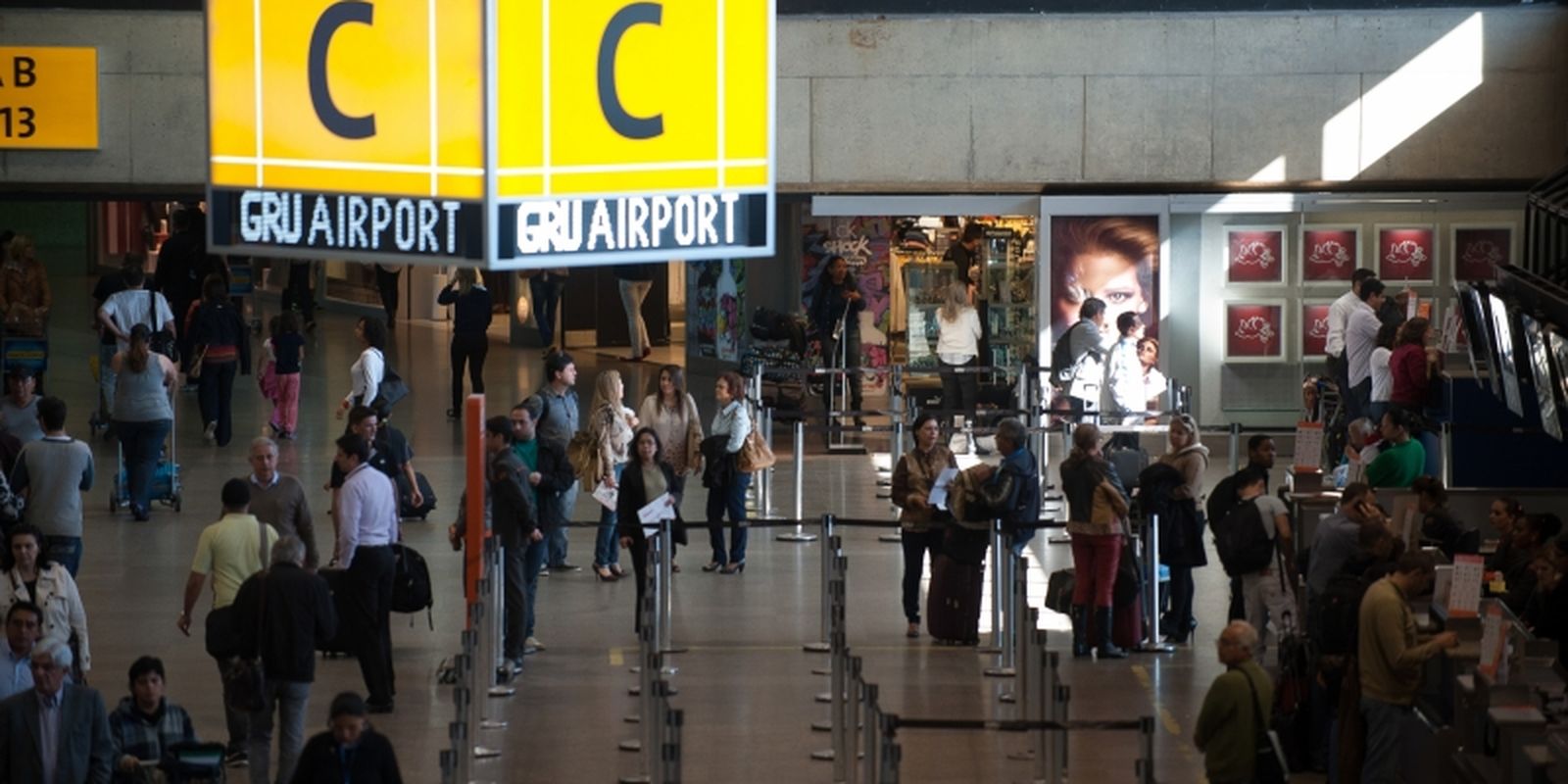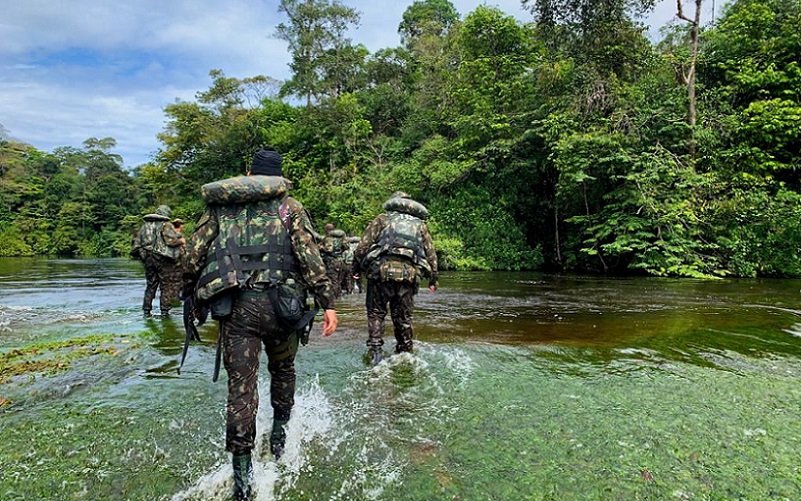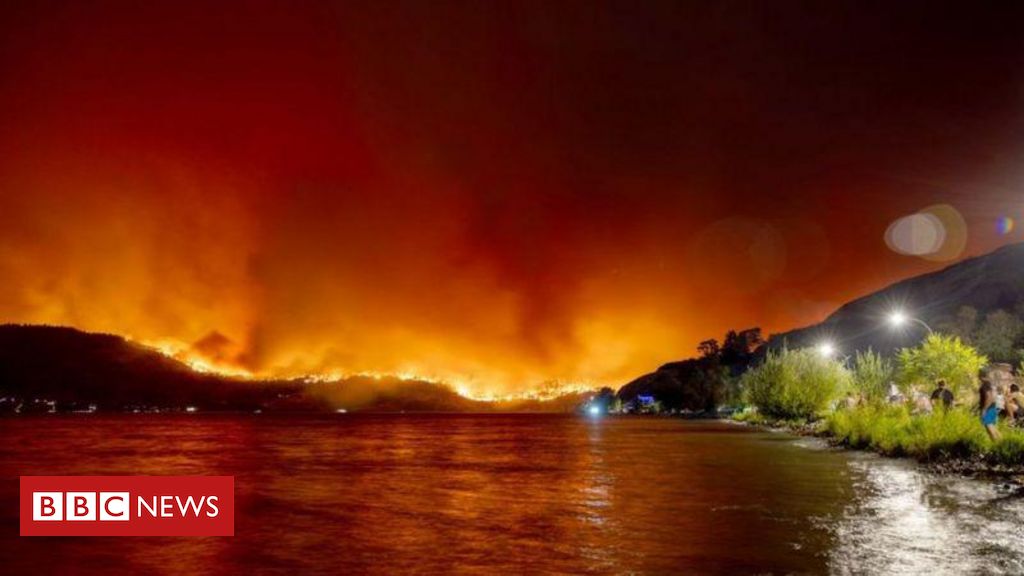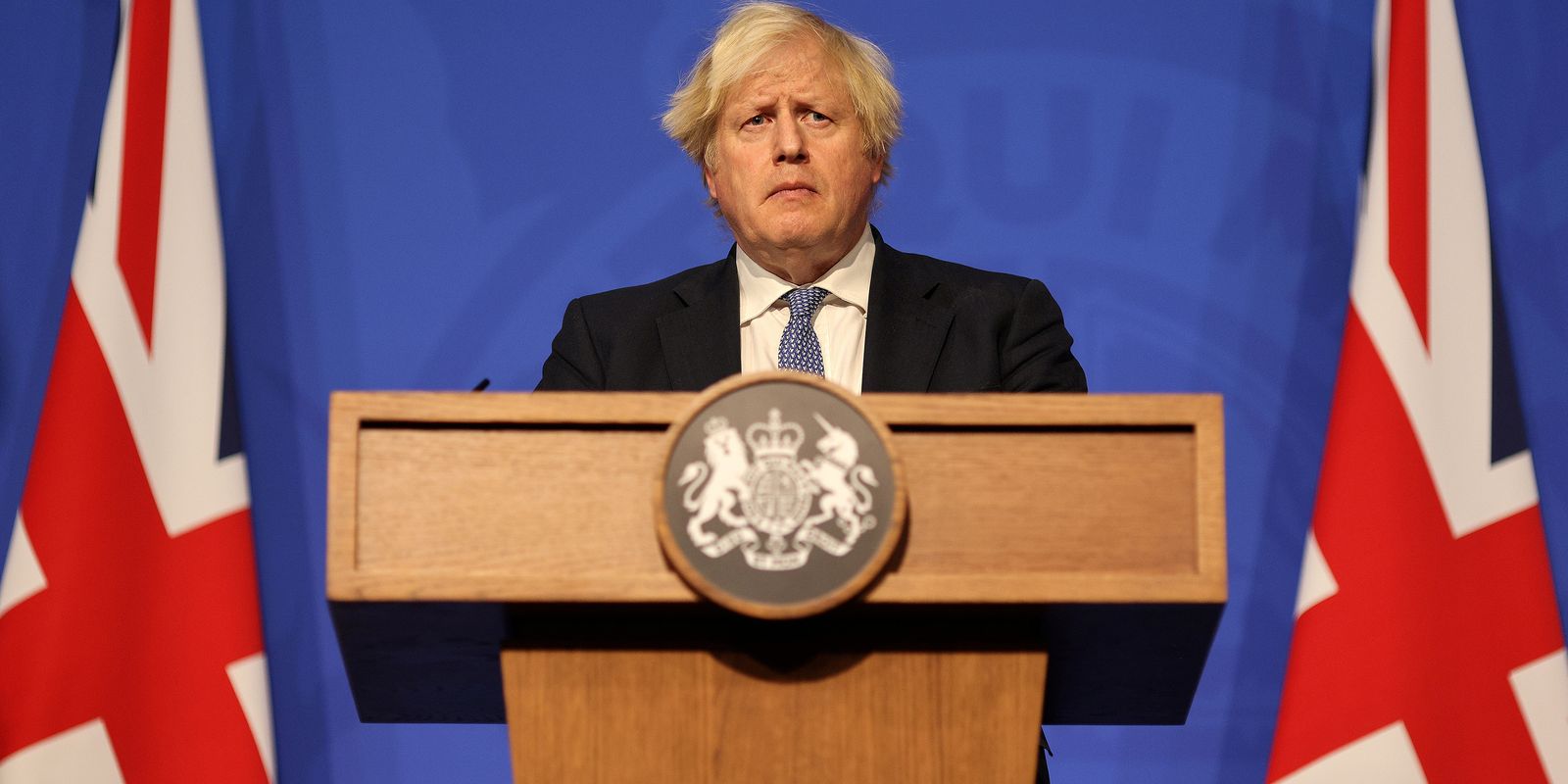sAnam Vakil, a US citizen, deputy director and senior fellow in the Middle East and North Africa program, points out that the current protests for women’s rights present the Iranian regime with “a much more immediate crisis” than the choice of a possible successor. of Ayatollah Khamenei.
“Having succeeded Ayatollah Ruhollah Khomeini in 1989, Khamenei is now the longest-serving leader of any state in the Middle East and his death will herald a significant transition for Iran and the region as a whole,” Vakil said. noting that the competition for the succession will be “intense”
“Whatever the outcome, how the transition unfolds will have long-term consequences for Iran’s relations with its Arab neighbors and Western adversaries. the supreme leader is above political struggles, but retains absolute power and influence,” he said.
Among the possible and main successors are the current Iranian President, Ebrahim Raisi, and Khamenei’s second son, Mojtaba, Sanam Vakil pointing out the possibility that “unexpected” names will still emerge if neither of them can reach a consensus: “a personality linked to the Assembly of Experts”. “In 1989, Khamenei was not an obvious candidate,” insisted Vakil.
Iran’s Constitution requires the Assembly of Experts to nominate and elect the next leader and when Khamenei dies or is incapacitated, this body will convene an emergency session, during which candidates will be nominated, probably by the assembly itself, followed by speeches and votes.
“Khamenei was officially recognized after receiving a two-thirds majority, which in his case came with the support of high-ranking clerics and Khomeini’s deathbed blessing,” the Chatham analyst recalled. House.
To prepare for the upcoming succession process, the leaders of the Assembly of Experts announced in 2016 the creation of the committee responsible for defining the qualifications of the ideal candidate and identifying a shortlist of successors whose names had not been made public.
Khamenei has already said that the next candidate should be “revolutionary”, Vakil recalled, adding that the Constitution establishes the characteristics of a successor: “just, pious, aware of his age, courageous, resourceful and with administrative ability”.
For this, a candidate must be found acceptable to all, both for the clerical status quo and for what Vakil considers the “deep state”, “which gained significant power under Khamenei”, in the face of the divided political system. countless factions.
While the Islamic Revolutionary Guard Corps (IRGC), the military entity empowered to protect Iran’s national security, is often considered synonymous with Iran’s ‘deep state’, there is more , “a complex superstructure of security and economy that brings together individuals and institutions whose objective is to preserve the fundamental revolutionary character, vision and security of the Islamic Republic”.
But changing leaders does not mean changing regimes, Vakil warns, and while a “revolution” is necessary, it does not mean maintaining conservative ideological tendencies, like those of Khamenei.
“And Raisi has yet to achieve any political victory. Despite months of nuclear negotiations, no positive conclusion has yet been reached that would see sanctions relief and Iran’s return to nuclear compliance,” maintains the American analyst.
“Successful waves of protests have revealed the impact of economic and environmental mismanagement on the lives of ordinary Iranians and the depth of anger against the authoritarian security state. With these challenges, Raisi could be discredited as the competition for supreme leader intensifies. , he defended himself.
Despite reports that Mojtaba almost had sufficient religious upbringing and education to become ayatollah – which would give him significant religious credentials – internal opposition figures are using the suggestion that hereditary leadership would come to the Islamic Republic. “further undermine the legitimacy of the clerical status quo government,” he argued.
According to Vakil, many doubt that a hereditary government could be institutionalized in Iran’s theocratic system after the dramatic revolution of 1979, which overthrew Iran’s last shah, the Pahlavi dynasty and the hereditary monarchy itself.
“Iranians have long been angry at the idea of Khamenei grooming his son as his successor, and many see the notion of a legacy regime as another betrayal of the revolution. In the current protests, tens of thousands of protesters are expressing so much their anger against Khamenei and for his son in unprecedented specific, personal and obscene terms,” he explained.
“One of the consequences of smoking and mirrors is political stagnation and factional competition that continues to weigh heavily on Iran’s political system. And, as recent protests suggest, the old ways may not be able to to stand up to continued and growing Iranian scrutiny. The speed and boldness of the latest protest movement and concern for Khamenei’s health have resulted in unprecedented public calls for his removal, shocking many many observers,” says Vakil.
For the American analyst, if Khamenei dies while Iran is shaken by a dispute of this magnitude, “the questioning of the clerical system could become existential”.
Also read: Mahsa Amini. Canada imposes sanctions on individuals and entities in Iran
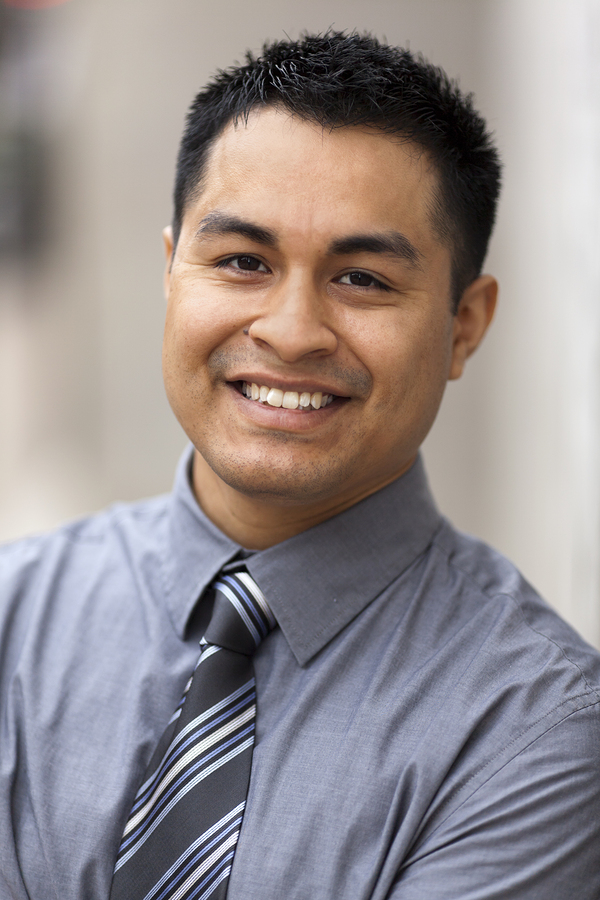
“Freelance communicator. Hardcore web practitioner. Entrepreneur. Total student. Beer ninja.”

